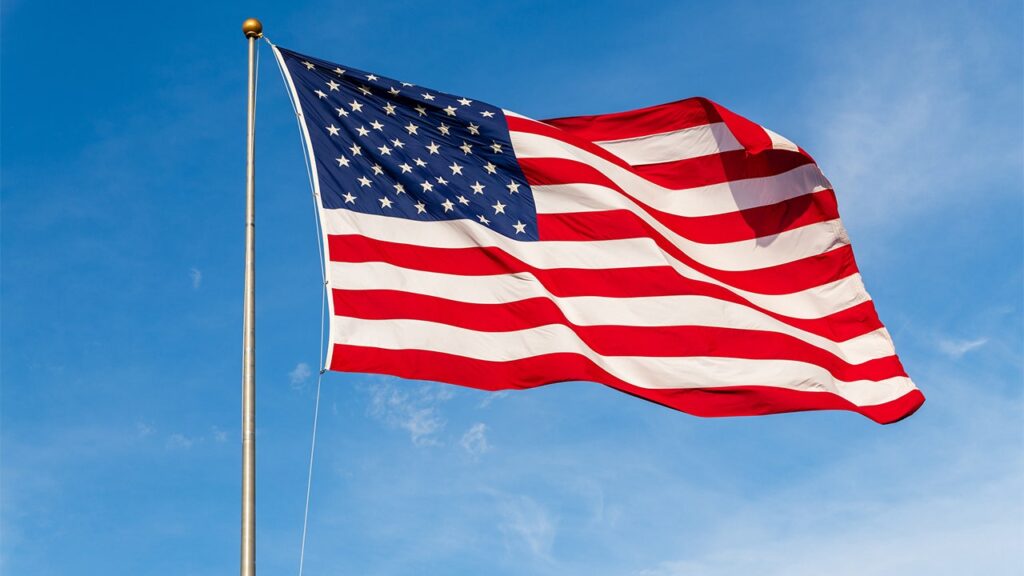On June 14, 1777, the U.S. flag was officially adopted, a significant moment in history that would later be commemorated as “Flag Day.” This iconic symbol of freedom was established through a resolution passed by the Marine Committee of the Second Continental Congress in Philadelphia. It was specified that the flag of the United States would consist of thirteen stripes alternating between red and white, with a union of thirteen white stars set in a blue field to symbolize the new constellation.
The first instance of the American flag being used in battle was during the Battle of the Brandywine on September 11, 1777. Foreign naval vessels saluted the flag for the first time on February 14, 1778, when the Ranger, commanded by Captain Paul Jones, arrived in a French port bearing the Stars and Stripes. Additionally, the flag was raised over a foreign territory for the first time in early 1778 at Nassau in the Bahama Islands after Americans captured a British fort.
Prior to the adoption of the American flag we know today, the Grand Union Flag served as the initial national flag of what would eventually become the United States. This flag shared the same alternating red and white stripes as the current version but featured a small British Union Flag of 1606 in the canton instead of the blue field of stars. Over time, the design of the American flag has undergone numerous variations, with a total of 27 official versions according to the Smithsonian Institution.
The addition of two stars and stripes in 1795 marked the accession of Vermont and Kentucky to the United States. Subsequent adjustments were made to the flag’s configuration, such as the introduction of a 20-star flag in 1818 and a progression to 23 stars by July 4, 1820. Congress decided to reduce the number of stripes back to the original 13 in 1818, with a new star representing each new state admitted to the union on the following July 4. The current 50-star flag was officially adopted on July 4, 1960, following Hawaii’s inclusion as the 50th state on August 21, 1959.
Although the U.S. flag was adopted in 1777, the specific design details were not finalized until June 24, 1912, when President William Howard Taft issued an executive order outlining the flag’s proportions, star arrangement, and star orientation. Prior to this order, variations in star alignment and flag dimensions were evident in earlier flag designs.
As a tribute to the adoption of the flag, June 14 is recognized annually as “Flag Day.” The first recorded Flag Day celebrations date back to the 1860s in Connecticut. In the 1880s, efforts were made by Bernard J. Cigrand of Wisconsin to establish Flag Day as a national holiday, although his attempts were unsuccessful. It was not until August 3, 1949, that President Harry S. Truman signed a bill declaring June 14 as the official Flag Day.
The American flag holds different meanings for various individuals, serving as a symbol of freedom and unity for some while eliciting controversy and dissent for others. President Woodrow Wilson emphasized that the flag embodies the experiences and history of the American people, representing more than just sentiments conveyed through declarations and rights. Ultimately, the flag stands as a powerful emblem of the nation’s journey and values, reflecting its resilience and spirit throughout history.












